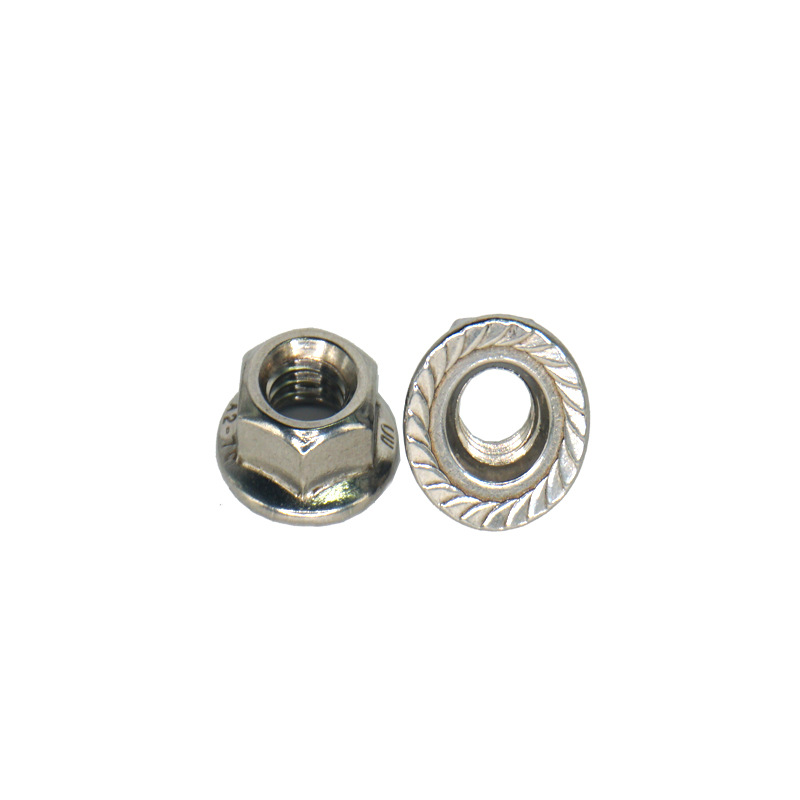

hot dip galvanized nuts bolts
Kas . 11, 2024 18:36 Back to list
hot dip galvanized nuts bolts
Understanding Hot-Dip Galvanized Nuts and Bolts
Hot-dip galvanization is a widely used method for coating steel and iron to protect against corrosion, particularly in harsh environments. This technique involves immersing metal components, like nuts and bolts, in molten zinc, resulting in a robust protective layer. The significance of using hot-dip galvanized nuts and bolts is paramount in various industries, ranging from construction to automotive, as it enhances the durability and longevity of these critical components.
The Galvanization Process
The hot-dip galvanization process begins with the preparation of the metal parts. Initially, the nuts and bolts are thoroughly cleaned to remove any contaminants such as grease, dirt, or rust. This is usually accomplished through a series of processes, including degreasing, pickling in acid solutions, and rinsing. The goal is to ensure that the surface is pristine, allowing for optimal adhesion of the zinc coating.
Once cleaned, the components are submerged in a bath of molten zinc, maintained at a temperature of approximately 450 degrees Celsius (842 degrees Fahrenheit). The thermal reaction between the iron in the metal and the zinc leads to the formation of a series of zinc-iron intermetallic layers, which are significantly more durable than a simple layer of zinc. After removal from the bath, the galvanized components are allowed to cool, during which the zinc solidifies and forms a strong bond with the steel or iron substrate.
Benefits of Hot-Dip Galvanized Nuts and Bolts
The use of hot-dip galvanized nuts and bolts offers numerous advantages
1. Corrosion Resistance The primary benefit of hot-dip galvanization is its incredible resistance to corrosion. The zinc coating provides a barrier that protects the underlying metal from moisture and elements that could lead to rust and decay. This makes galvanized nuts and bolts ideal for outdoor applications where exposure to the weather is inevitable.
hot dip galvanized nuts bolts

2. Long Lifespan Hot-dip galvanized coatings have a life expectancy that can exceed 50 years, depending on environmental factors and the thickness of the zinc layer. This longevity translates into lower maintenance and replacement costs over time.
3. Durability The zinc-iron alloy layers created during the galvanization process are highly resistant to mechanical damage. Compared to other coating methods, such as painting, hot-dip galvanization is much more durable under harsh conditions.
4. Cost-Effective Given their long lifespan and reduced need for maintenance, hot-dip galvanized nuts and bolts can be more cost-effective in the long run. While the initial investment may be higher than uncoated fasteners, the total cost of ownership tends to favor galvanized options.
5. Environmentally Friendly Zinc is a natural resource, and the galvanization process is considered environmentally friendly. The coatings are non-toxic and can be applied in a manner that minimizes waste and energy usage.
Applications of Hot-Dip Galvanized Nuts and Bolts
Hot-dip galvanized nuts and bolts are employed in a plethora of applications. In the construction industry, they are commonly used in structural assemblies, including bridges, buildings, and towers. The automotive sector also utilizes these fasteners to enhance the longevity and reliability of vehicles, particularly in parts exposed to the elements. Additionally, hot-dip galvanized nuts and bolts are essential in manufacturing outdoor furniture, railings, and playground equipment, ensuring their resistance to wear and degradation.
Conclusion
In summary, hot-dip galvanized nuts and bolts represent an exceptional choice for a wide array of applications requiring long-lasting corrosion resistance and durability. Their production process not only enhances the physical properties of the fasteners, but it also contributes to lower lifecycle costs and environmental sustainability. As industries continue to prioritize reliability and longevity in their components, the importance of hot-dip galvanized fasteners cannot be overstated. Whether in construction, automotive, or any other field, these nuts and bolts stand as a testament to the effectiveness of protective coatings in engineering and design.
Latest news
-
Premium Fasteners Manufacturer | AI-Driven Solutions
NewsAug.01,2025
-
Hot Dip Galvanized Bolts - Hebei Longze | High Strength, Corrosion Resistance
NewsAug.01,2025
-
High-Strength Hot Dip Galvanized Bolts - LongZe | Corrosion Resistance, Custom Sizes
NewsAug.01,2025
-
Best Self Tapping Screws for Drywall - Fast & Secure Installation
NewsJul.31,2025
-
High-Strength Hot Dip Galvanized Bolts-Hebei Longze|Corrosion Resistance&Customization
NewsJul.31,2025
-
Hot Dip Galvanized Bolts-Hebei Longze Metal Products|Corrosion Resistance&High Strength
NewsJul.31,2025

